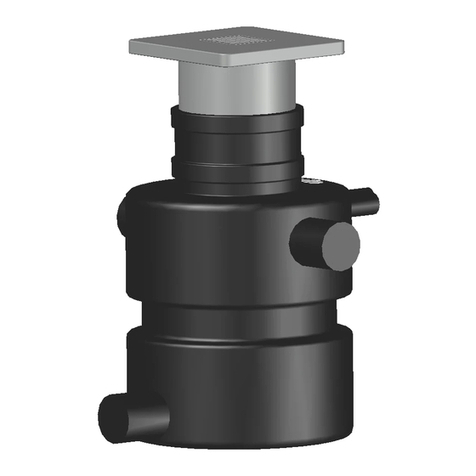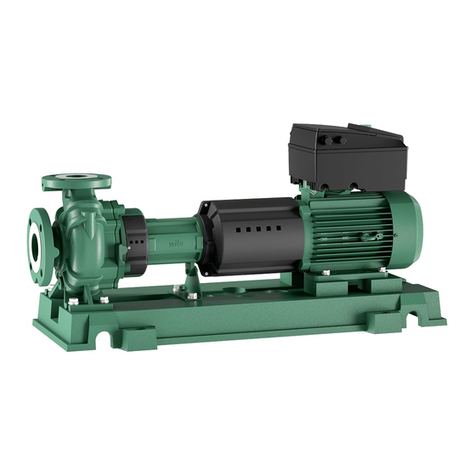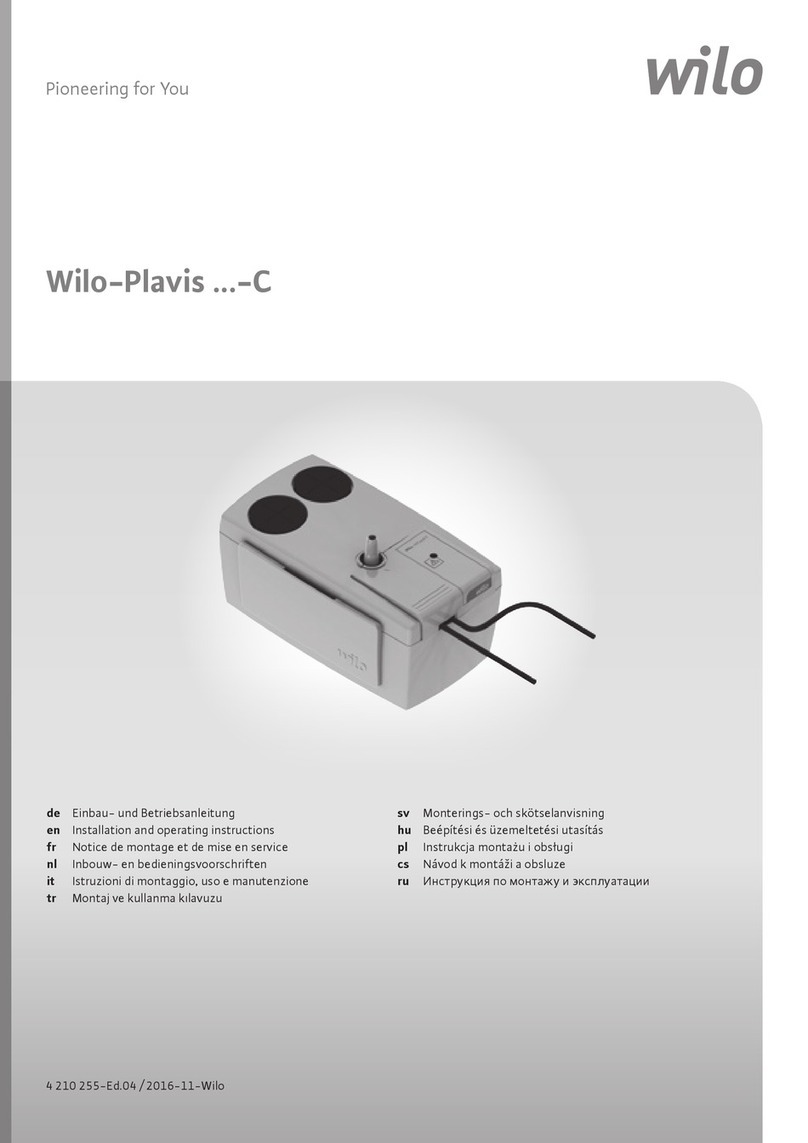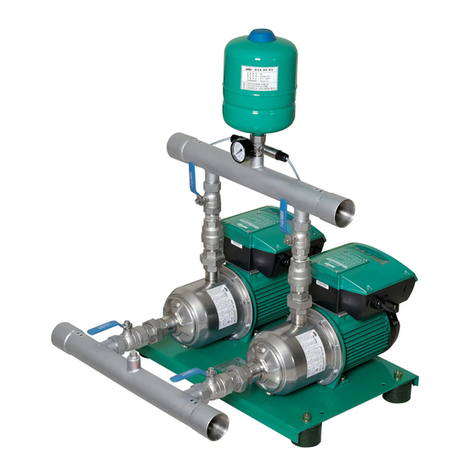Wilo Wilo-HiMulti 3 H Series User manual
Other Wilo Water Pump manuals
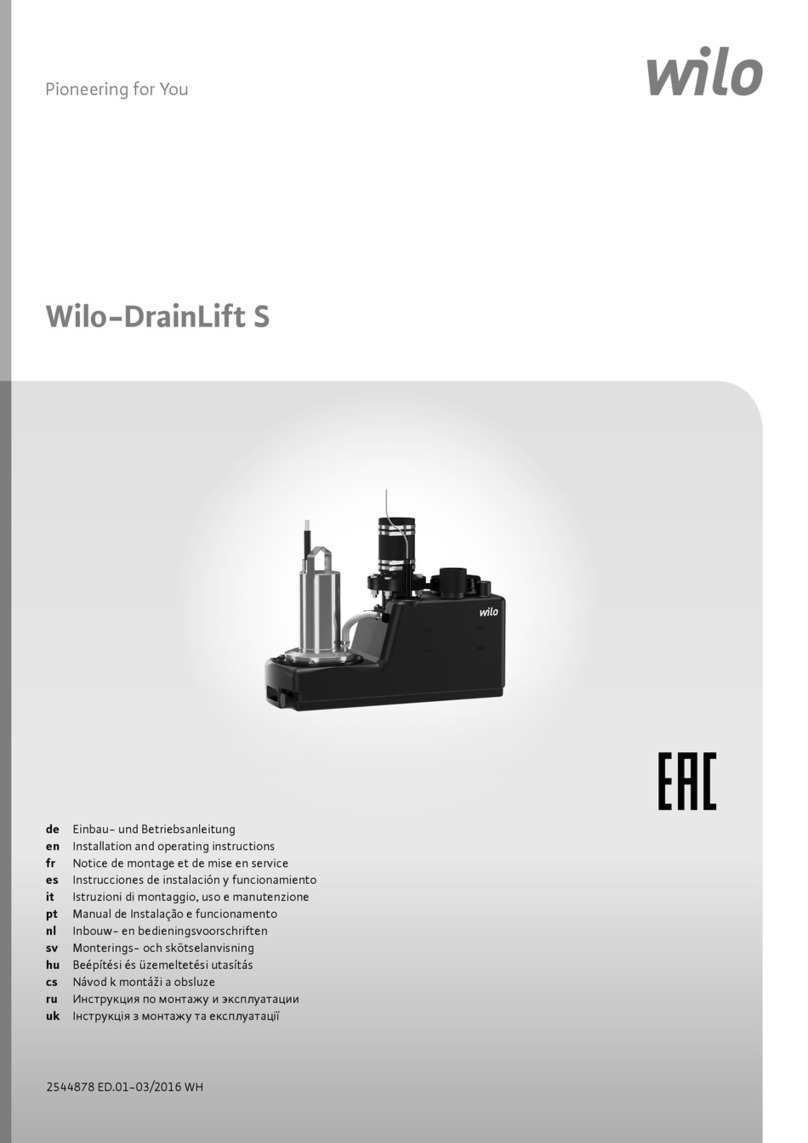
Wilo
Wilo DrainLift S User manual
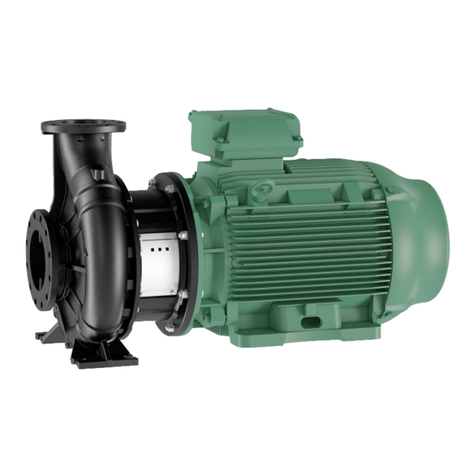
Wilo
Wilo Atmos GIGA-B User manual
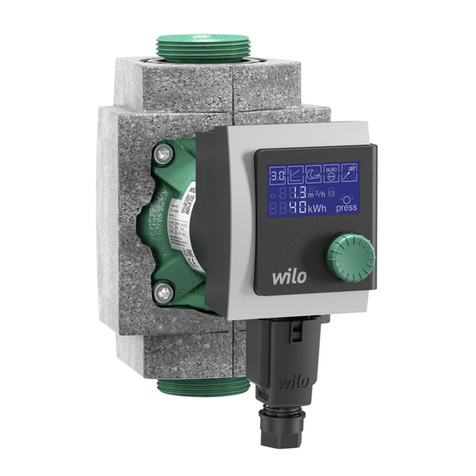
Wilo
Wilo Wilo-Stratos PICO Series User manual
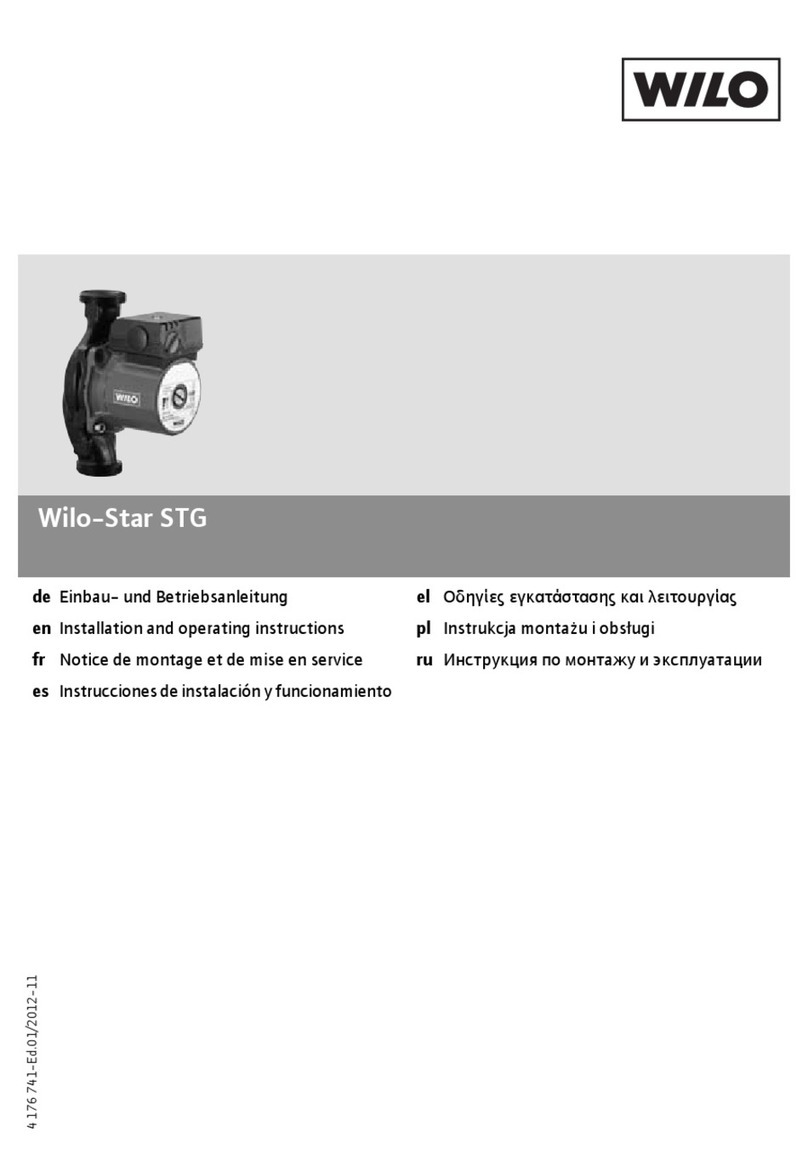
Wilo
Wilo Star-STG 25/6 User manual
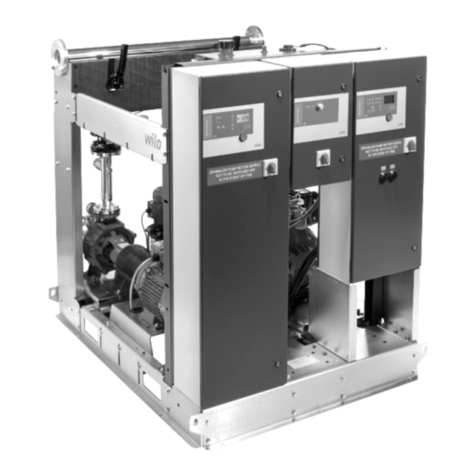
Wilo
Wilo SiFire EN 100/200-205-45 E User manual
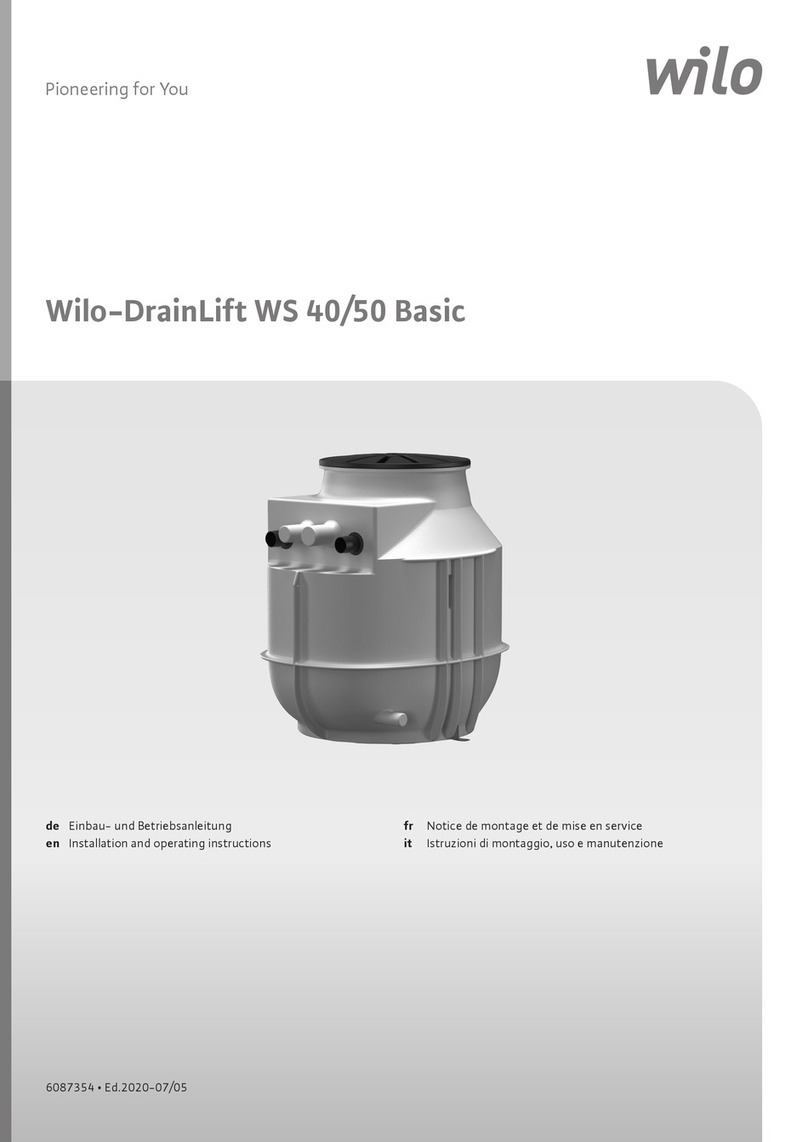
Wilo
Wilo DrainLift WS 40/50 Basic User manual
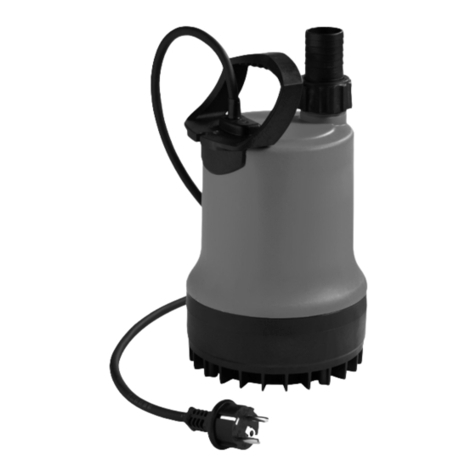
Wilo
Wilo Drain TM 32 User manual

Wilo
Wilo Rexa UNI Series User manual

Wilo
Wilo Drain TM 32 User manual
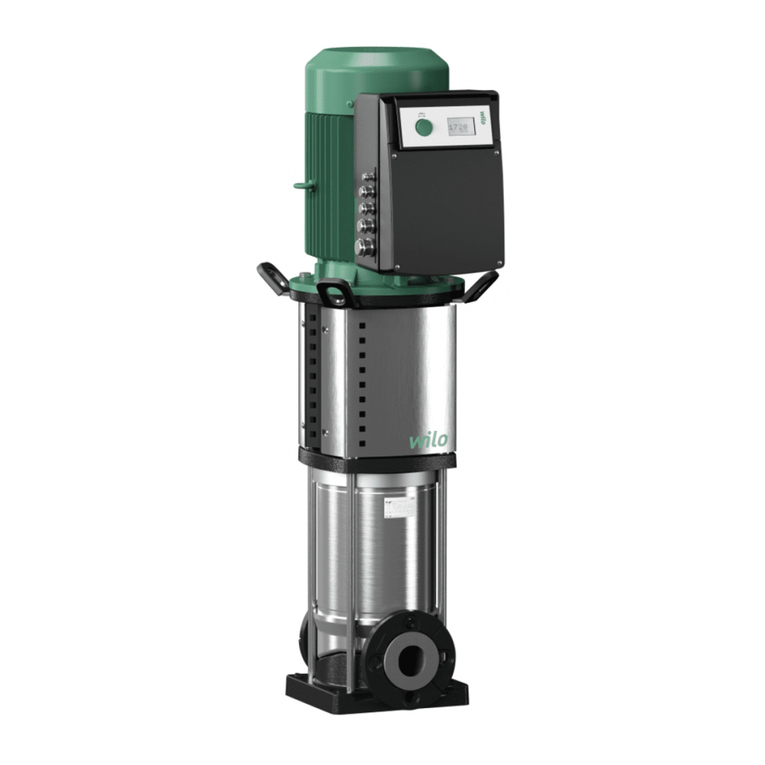
Wilo
Wilo Helix VE 22 Series User manual
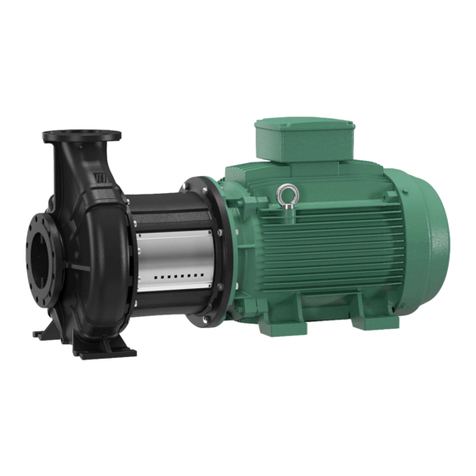
Wilo
Wilo Atmos GIGA-I User manual

Wilo
Wilo Jet WJ 203 User manual
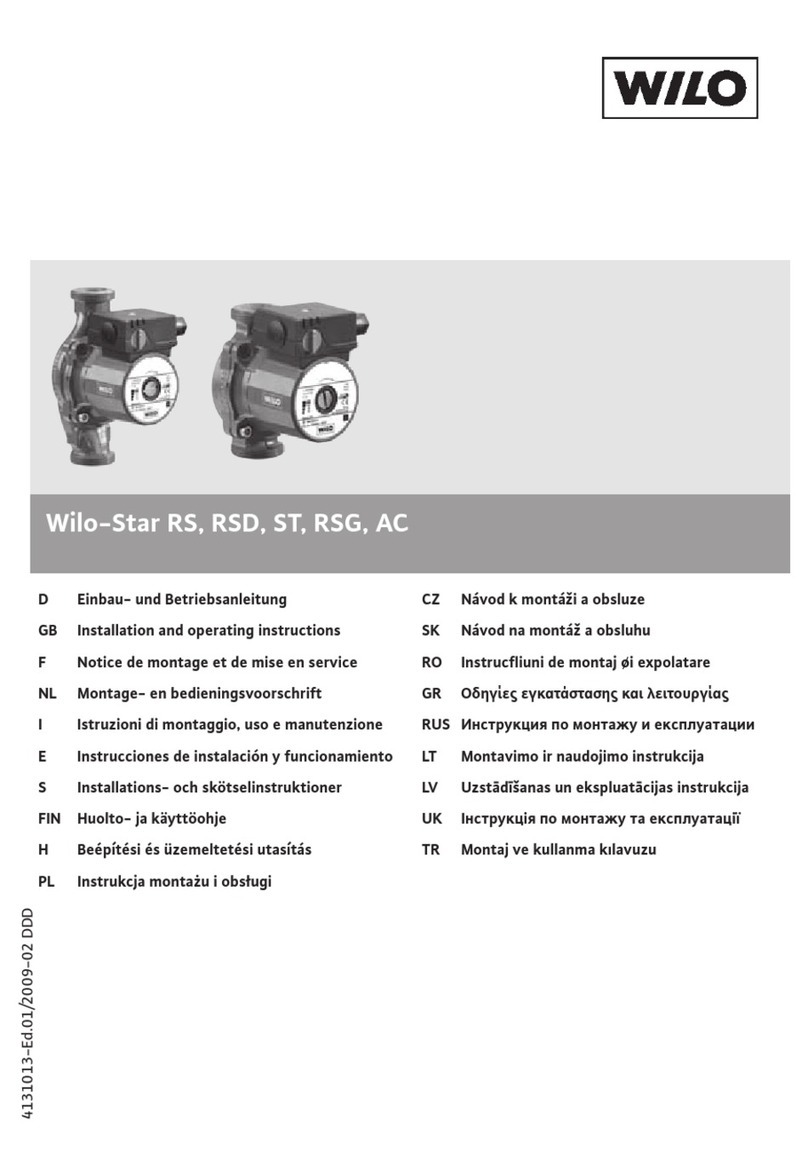
Wilo
Wilo Star RS Series User manual
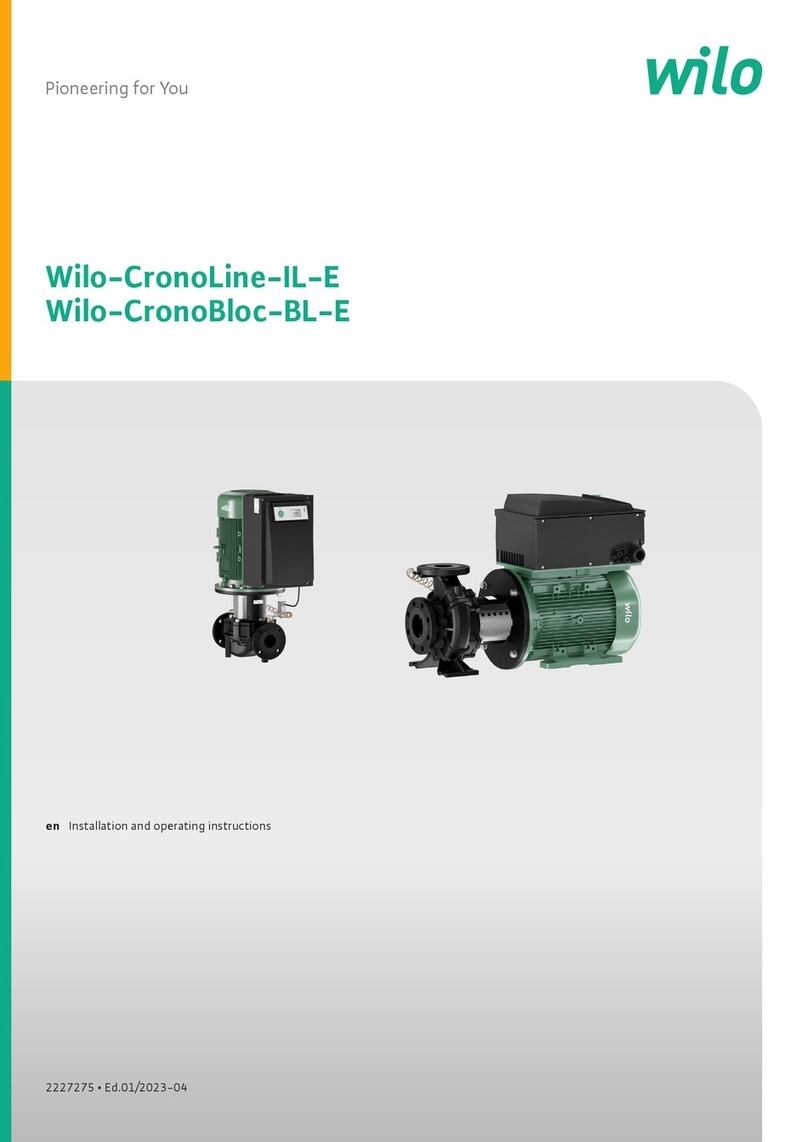
Wilo
Wilo CronoLine-IL-E User manual
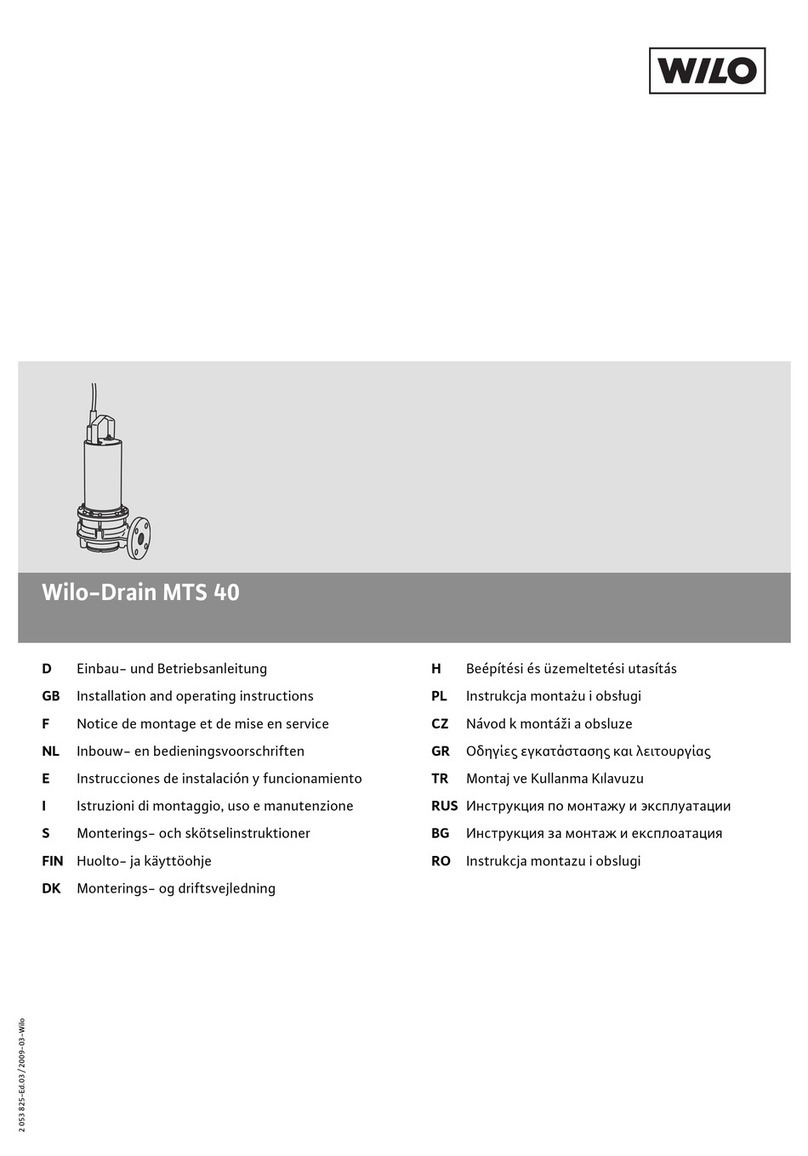
Wilo
Wilo Drain MTS 40 Series User manual

Wilo
Wilo TP 80 Series User manual
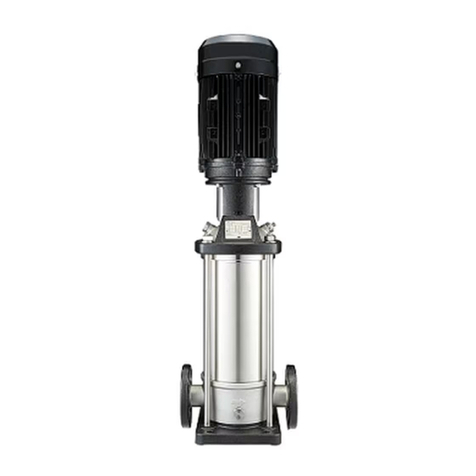
Wilo
Wilo Scot Pump MVI 5 User manual

Wilo
Wilo CronoLine-IL User manual
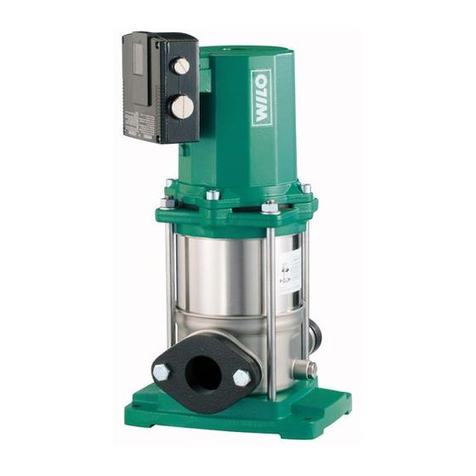
Wilo
Wilo MVIS 15 User manual
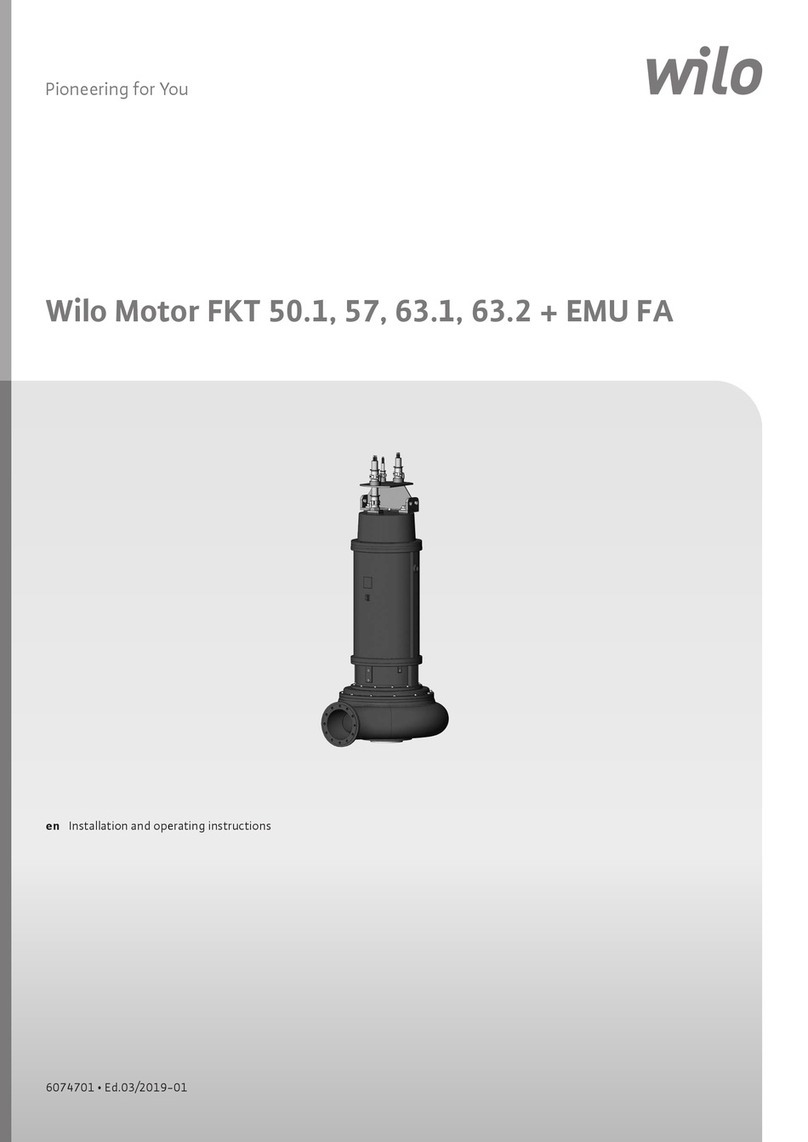
Wilo
Wilo FKT 50.1 User manual
Popular Water Pump manuals by other brands

Watershed Innovations
Watershed Innovations HYDRAPUMP SMART FLEX Instructional manual

Graco
Graco Modu-Flo AL-5M instructions

Messner
Messner MultiSystem MPF 3000 operating instructions

Xylem
Xylem Bell & Gossett WEHT0311M Installation, operation and maintenance instructions

WilTec
WilTec 50739 Operation manual

Franklin Electric
Franklin Electric Little Giant 555702 HRK-360S instruction sheet

Ingersoll-Rand
Ingersoll-Rand PD02P Series Operator's manual

VS
VS ZJ Series Operating instruction

Flotec
Flotec FPZS50RP owner's manual

SKF
SKF Lincoln FlowMaster II User and maintenance instructions

Xylem
Xylem Lowara LSB Series Installation, operation and maintenance instructions

Water
Water Duro Pumps DCJ500 Operating & installation instructions

Action
Action P490 Operating instructions & parts manual

Flo King
Flo King Permacore Reusable Carbon Bag Disassembly. & Cleaning Instructions

ARO
ARO ARO PD15P-X Operator's manual

Pumptec
Pumptec 112V Series Operating instructions and parts manual

Virax
Virax 262070 user manual

Neptun
Neptun NPHW 5500 operating instructions
